Dragon Age: Inquisition
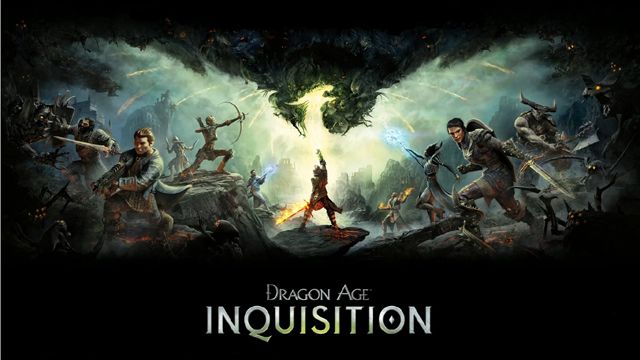
Dragon Age 2 was, for such an esteemed and historied developer like Bioware, a disaster. Not necessarily financially, but DA 2 marked what I consider to be the start of a decline of an untarnished RPG-making track record. Then along came the lackluster Star Wars: The Old Republic, a game that everyone (aside from EA and perhaps Bioware itself) knew months before launch was going to be a slow-motion train wreck of tons of bad design and business decisions, all stacked on top of each other. So, needless to say, I wasn’t exactly expecting much from Dragon Age: Inquisition. It promised an open world. It promised freedom of exploration. Mounts! It was so large it was going to include mounts! More companions than ever! Stronghold options! More crafting than you could ever hope for! And you know what’s surprising? For the most part, they made good on those promises. For the most part.
First off, while there isn’t a true save-import system like there is in the Mass Effect series (though they did devise this website to allow your decisions, if not your actual customized heroes, to carry over), Inquisition still assumes the player is familiar with the Dragon Age universe. So much lore, so many returning characters that assume the player are familiar with them (even some from novels, which let’s be honest, almost no one reads). In the first few hours of playing, I felt like I wanted to go back and replay Dragon Age Origins, and even, somehow, grit my teeth and muscle through Dragon Age 2 again, just so I would be more familiar with everything for Inquisition. And indeed, by the middle of the game, I simply gave up on trying to keep everything straight. I’m more familiar with Game of Thrones than I am with Dragon Age, despite the inverse amount of time I’ve spent with each and the fact that Game of Thrones has a reputation for being impossibly dense.
But maybe I’m “doing it wrong”, maybe you’re just supposed to let all that lore wash over you, only retaining a small fraction of it, instead simply getting the “gist” of everything. Fine, moving on. Character creation is quite good, almost as intuitive as The Sims 4, in terms of the ability to truly mold a face. The interface can be a little cumbersome (more on that later), but overall, it’s fun to be able to go back to Origins-style “choose your race” options. And for the first time, play as a Qunari? Yes, please! So off I went, my Qunari mage (I like against-type characters).
The story plays out in fairly typical Bioware fashion – a great menace appears in the world, your character becomes the leader of the Good Guys™ and you march across the land rallying support to your cause. In this light, Inquisition really is Origins 2, as it has similar party mechanics (you can now customize your party members’ weapons and armor again), similar themes and similar pacing. The only structural difference between the two is probably scope – Origins was long, but not overly so, and had pretty solid writing and “hooks” throughout. Inquisition is extremely long, and unfortunately, huge swaths of the gameplay are time-sucks.
Bioware is still new to this open world idea so maybe I should cut them some slack, but there is a difference between making a world interesting to explore (eg. Fallout New Vegas) and making a world full of arbitrary “collect X amount of Macguffins” quests. Astronomy puzzles in every area, magic skull posts that task you with collecting many dozens of magic tablets (that even your NPC companions complain about there being too many), closing tons of rifts (which becomes mechanical and boring after your eighth one), etc…some of these things would have had far greater impact if they were done in smaller doses, or confined to a particular area. But no, everywhere you go, “Okay, let’s go find the skulls in this area first, because there’s no point in exploring until we have the tablets marked on the map.” Exploring essentially becomes repetitive work.
Now, I know what you’re thinking: if you don’t want to do those tasks, just ignore them. Well yes, that’s exactly what I eventually settled on. But my point is that Bioware should have probably reduced the scope a little to keep things from growing so stale, so quickly. Even the companion quests become little more than roaming the countryside, searching for misplaced books or Elven spheres or Red Lyrium deposits to smash. Basically, go to place, click on object, repeat. Very little writing, very little that makes each quest stand out from the others. Juxtapose that to the companion quests in Mass Effect, with stories tailored specifically to each character, and the decision to go this direction seems all the more perplexing. Lesson number one for Bioware in their open world endeavors: less is often more.
Speaking of open worlds, Inquisition is…not. While the traversable areas are extremely large, they are still self-contained zones. You cannot travel, on horse-back, from your stronghold to Redcliff and then to Orlais. This is no Skyrim, but rather like DA: Origins, there’s an overland map where you quick-travel to places you’ve discovered (which reveal themselves as you progress through the main story). So then how is this any different from previous Dragon Age games? Essentially, it isn’t, save for one thing: a jump button. Instead of your feet being glued to the ground, now you can climb up hills and slip-slide your way down mountains. Certainly a step in the right direction but you’ll still see more than your fair share of (way too lengthy) load screens. Oh and those mounts? All but useless fluff. You can’t collect resources, fight, or do anything else aside from travel while mounted, so they serve no purpose other than (slightly) speeding up the time it takes to backtrack through already-cleared areas. And, good lord, are they stiff and unwieldy to use. Inquisition makes the mounted gameplay of the original Assassin’s Creed (which came out seven years ago) look like aliens must have come down to bless Ubisoft with advanced technology. How can a seven-year-old game so thoroughly trounce a feature in a AAA game in 2014? I’m just thankful that the mounts in Inquisition are completely ignorable.
When someone asks me what my take-away is from 60+ hours of playing this Dragon Age game, I’ll probably say “Collecting shit to craft with” (because yes, I end my sentences in prepositions sometimes!). The crafting system is at once satisfying, irritating and laborious. The good: you gather schematics (either buying them or finding them in chests) which you can use to create arms and armor in all different colors and patterns, based on the metals, leathers and fabrics that you find. The bad: you need to collect a whole hell of a lot of materials (often only one unit at a time, sometimes from semi-rare enemies who don’t always drop them) in order to make the stuff you want. That means spending an exceedingly large amount of your playtime bending over mining rock or scouring the countryside for enemies to kill. The ugly: the crafting interface adds to the misery by being both buggy and poorly designed.
From when I first started playing, until right before I started writing this review, I have slowly developed a pavlovian distaste for crafting. At first I was excited to craft everything for all of my companions. But as switching out grips and hafts, pauldrons and greaves became more and more tedious (and the game never gives you the tool-tip information you really need, or even update them properly when you move your mouse), I finally settled on merely crafting for my own character and letting my companions make due with the junk I found in chests. Now, by the end, I hardly craft at all. Maybe a hilt here, a rune there. But the interface so thoroughly drains the fun out of it (as does the endless searching for materials) that it, again, becomes more like work than play. Don’t get me wrong, I like where Bioware’s head was at this time around. I just wish they had honed the system to be tighter and less tedious (which is really my main critique for the whole game).
Finally, we get to the part where I rant about my personal nitpicks:
- Where is the storage chest? I have a huge castle but I can’t store any cool weapons, armor or rings? Especially when they are level-dependent? I have to carry them around in my limited inventory space until my companions achieve three more level ups? Stupid Bioware. Just stupid.
- For some inexplicable reason, all cutscenes are capped at 30 frames per second. Why? Who knows. I even asked my press contact and he had no idea either. At first I thought I just needed to lower my settings, but no, everywhere else in the game I was getting 45-60 frames. But when it came time to have a quiet conversation with my friends around a campfire, screw you, you’re getting 30 frames per second.
- The amount of graphical clipping in this game is outrageous. I can understand that you can’t account for every piece of cape or shoulder armor, but sometimes it just gets laughable. You’re introduced to a character with an enormous, floppy hat and the first thing he does is put his arm around an injured man to help him stand. His hat cuts right through the man’s arm, head and chest, all at once. Bioware must have looked at that cutscene and thought, “Screw it, too hard to fix.” My Qunari mage couldn’t wear one piece of clothing without odd colors poking through in places they shouldn’t, even while just standing still, breathing lightly.
- The bugs, oh dear sweet jesus the bugs! I can handle graphical glitches, audio corruptions, even quests that need to be finessed to work correctly here and there. But Inquisition is just flat-out broken in some places. Currently, I have a few uncompletable companion quests and I’ve experienced freeze-crashes (which are actually worse than crashes-to-desktop because I need to manually end the task) every time I play (and in fact, those crashes are increasing in frequency the more I play). I know they are going to be fixed eventually, but for right now, I’m happy to finally finish writing this review because it means I don’t have to play any more crash-frustrating gameplay.
Okay, I feel better now that I got that off my chest. My last niggling complaint is the combat. I was never very fond of Dragon Age’s combat mechanics, as they always rode this weird line between third-person action and party-based tactics, never really doing either one justice. I would rather Bioware just decide on one or the other and then execute on it perfectly. I played almost the entire game as a third-person action RPG, but that meant that I literally had to play the entire game with my right-click held down. It’s silly nonsense like that that makes me shake my head and think “Who is beta testing these games before they launch? Is beta testing no longer ‘a thing’?” Of course, I adapted and found the fun in it where I could. But it never feels great, no matter how much you conform to the flawed system.
When I started playing this, for the first ten or so hours, I thought I was going to be giving this game an unabashed 90% or more. But the further I dug into it, the seams started to glare brighter and brighter. Does that mean it’s a bad game? Far from it. Dragon Age 2 was a bad, lazy game. Inquisition is a good game that suffers from a lack of editorial judgment and polish. Patches will probably fix the worst offenses it commits, and I would much rather play a game that reaches for the stars and comes up short than one that insults its players by repeating the same dungeon dozens of times. Once the crashes are fixed, I would fully recommend this game, even with all of my nitpicks. It’s too early to tell if this marks a turnaround for Bioware as a developer, but at least they’ve halted the downward momentum.
Reviewed By: Brian Mardiney
Publisher: Electronic Arts
Rating: 80%
——————————————————————————–
This review is based on a digital copy of Dragon Age: Inquisition for the PC provided by Electronic Arts.
 Game Over Online
Game Over Online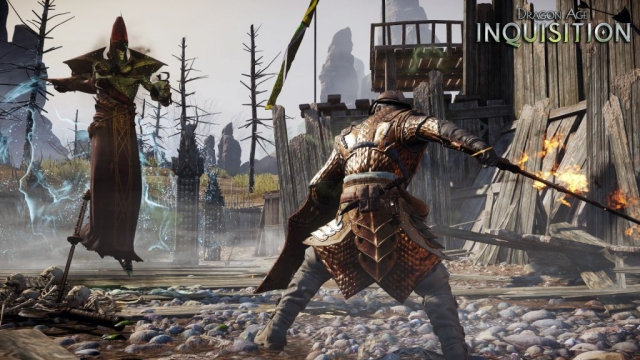
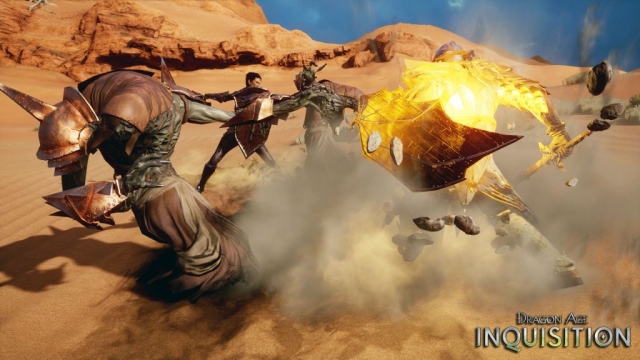
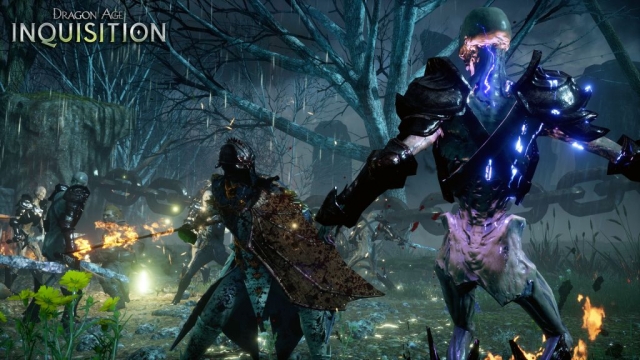
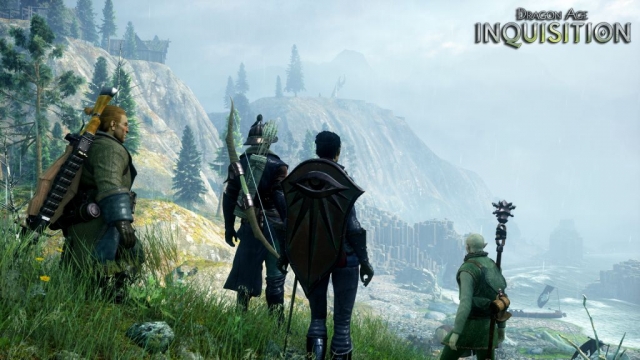
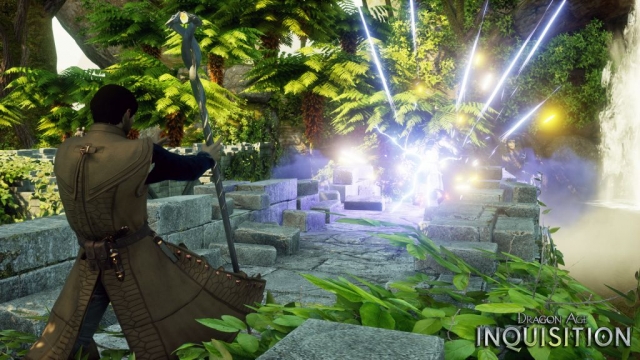
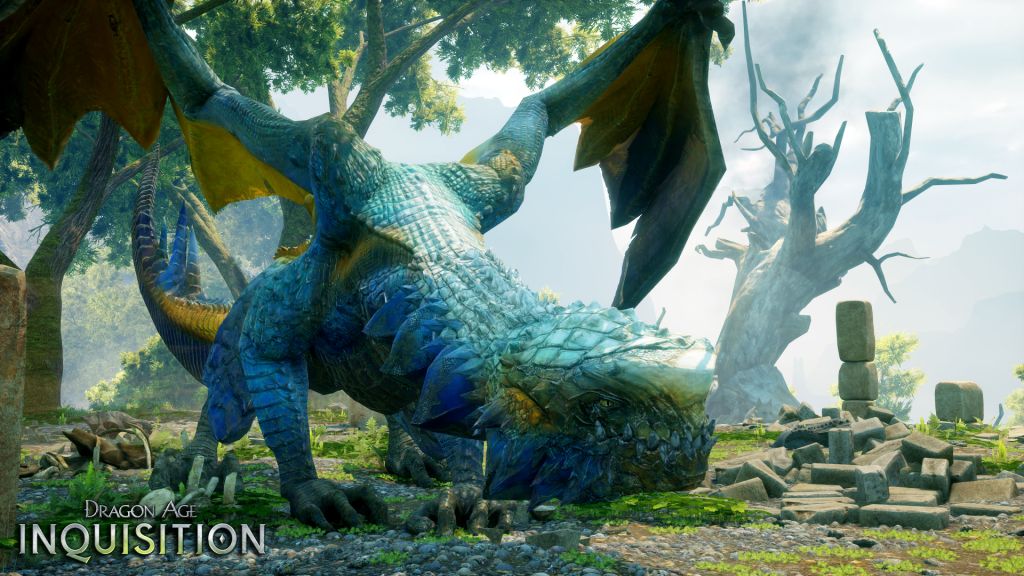
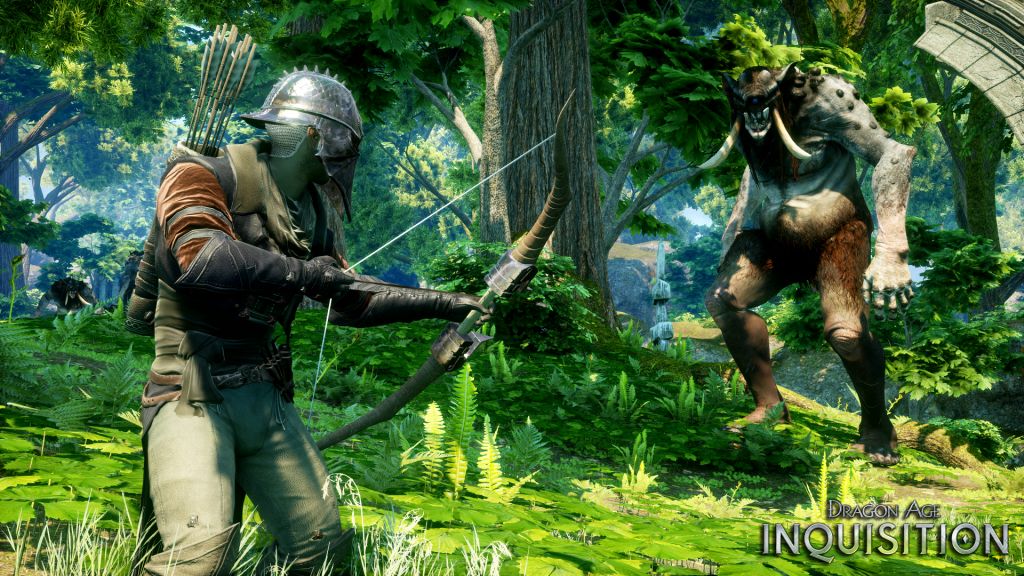
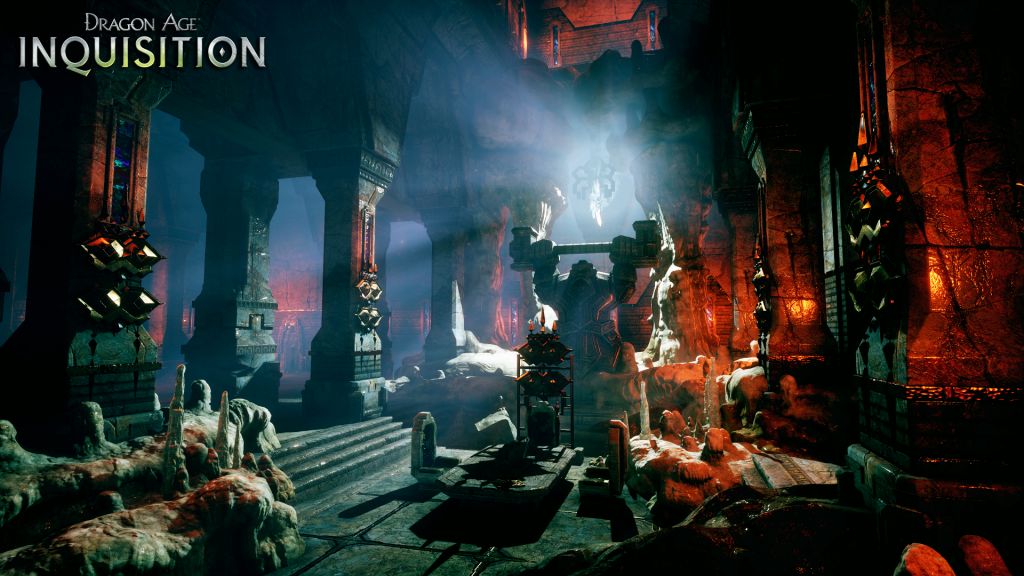
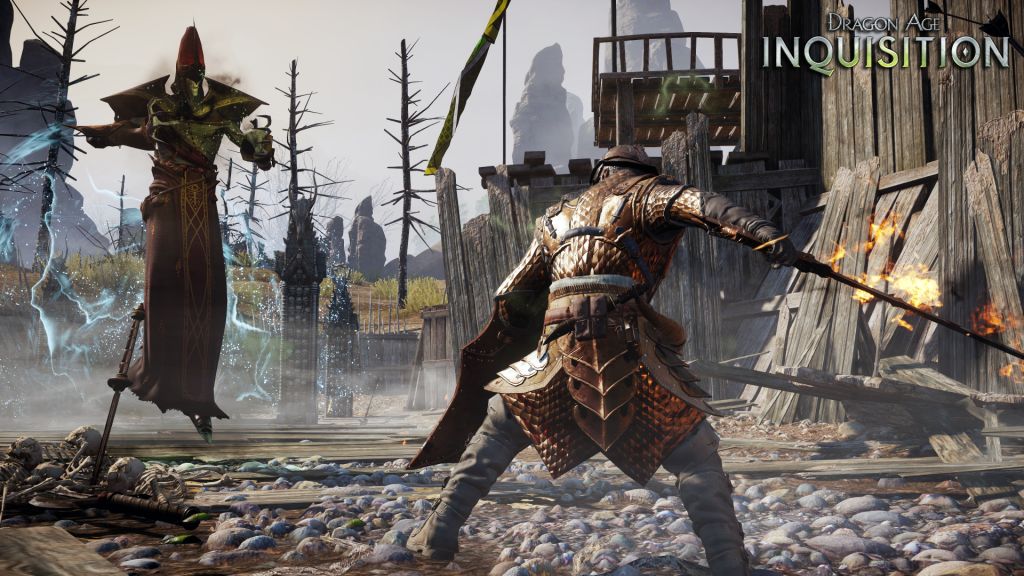
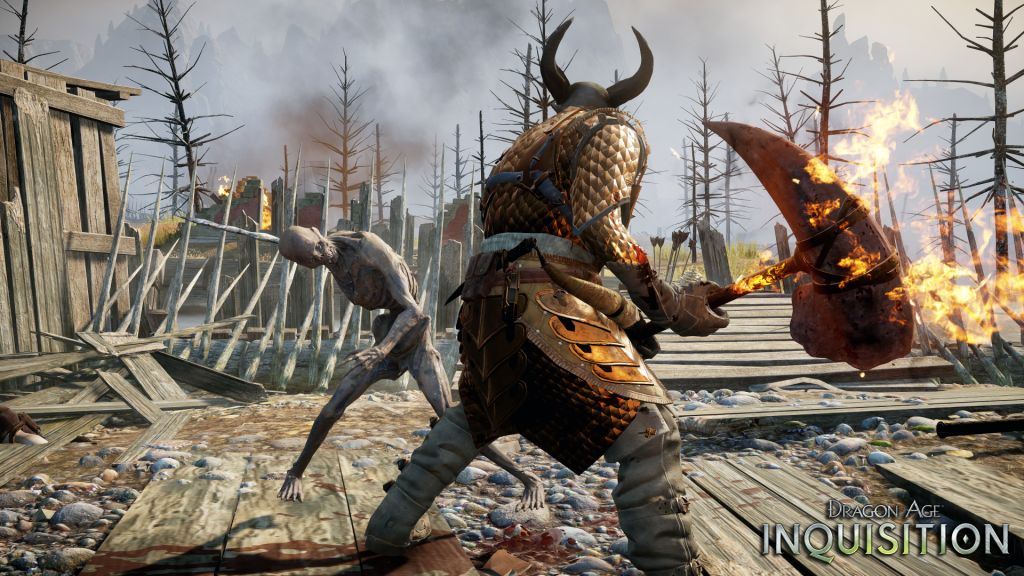
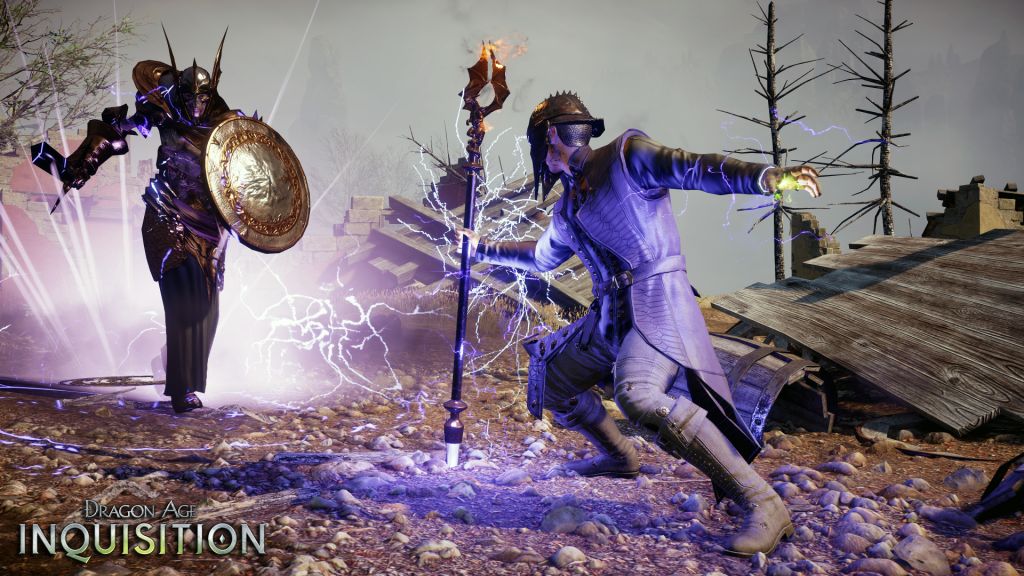
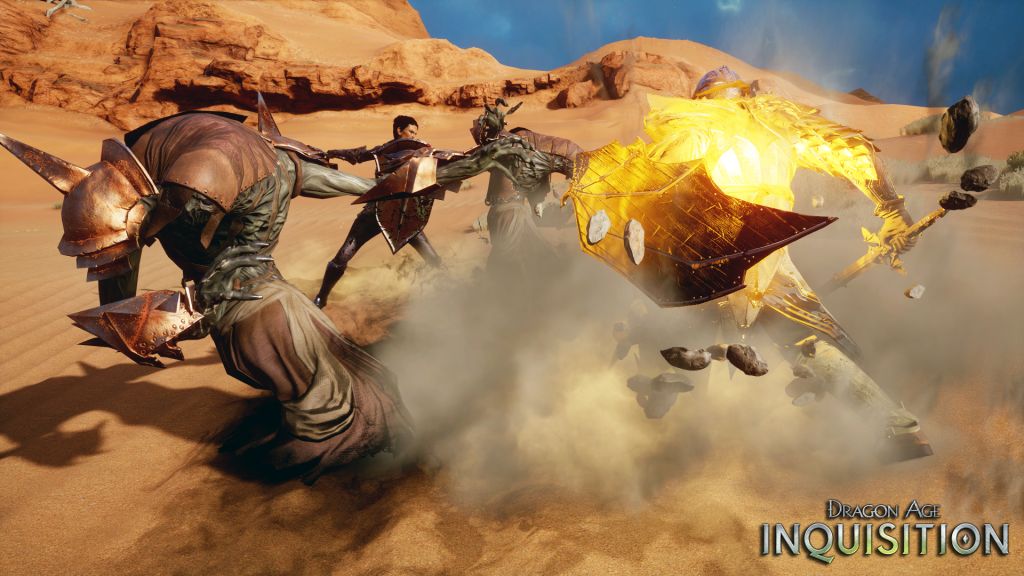
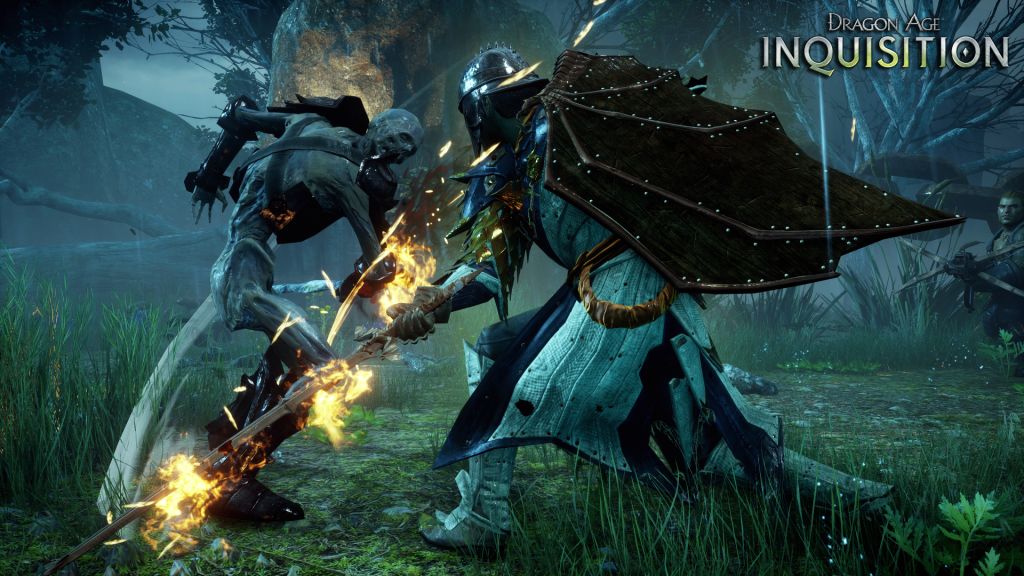
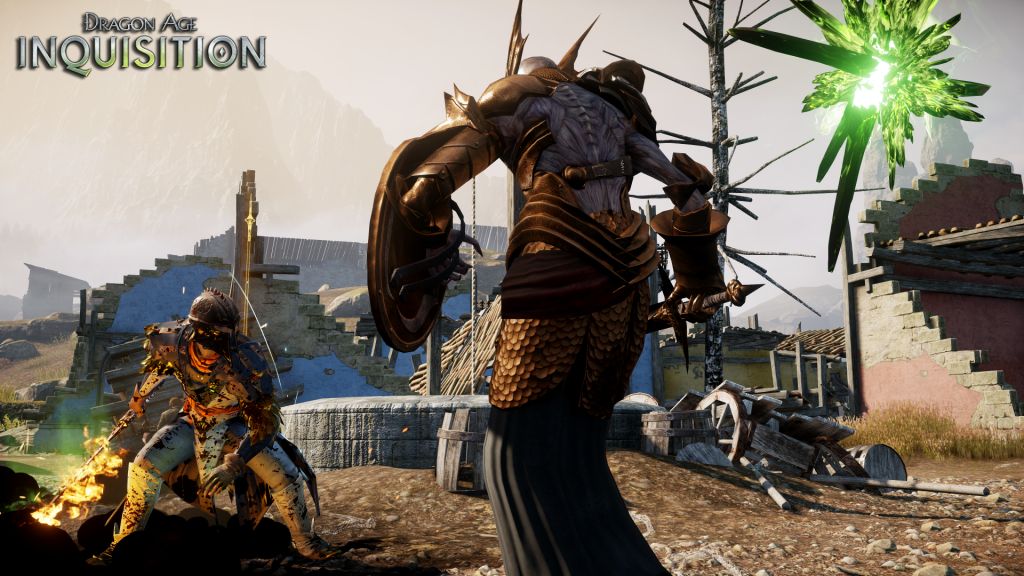
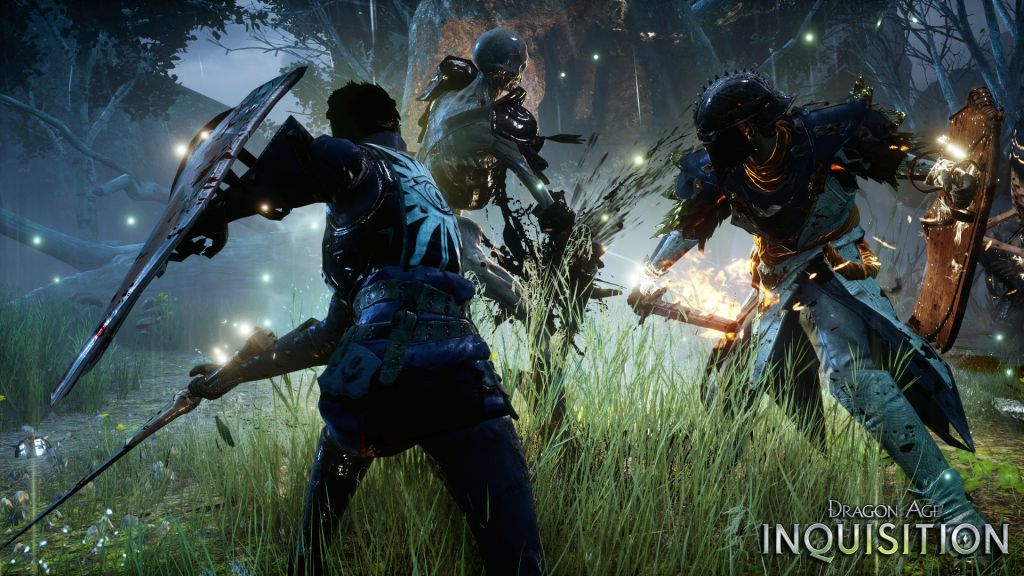
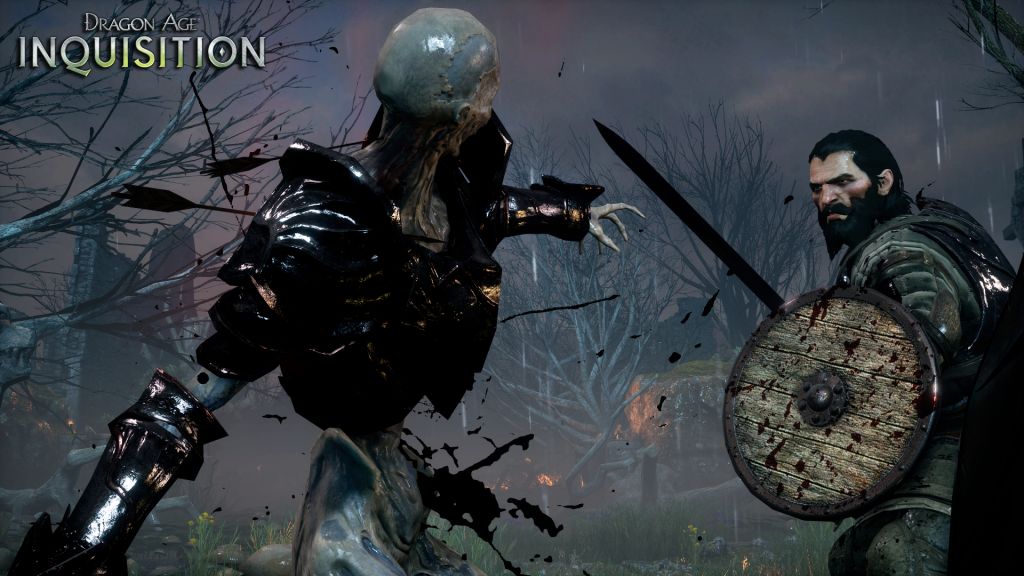
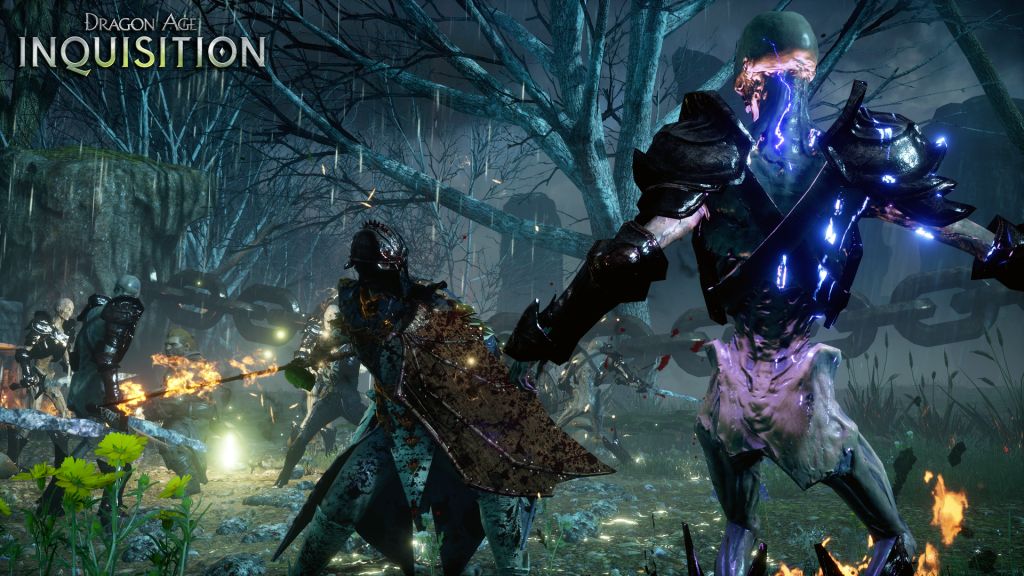
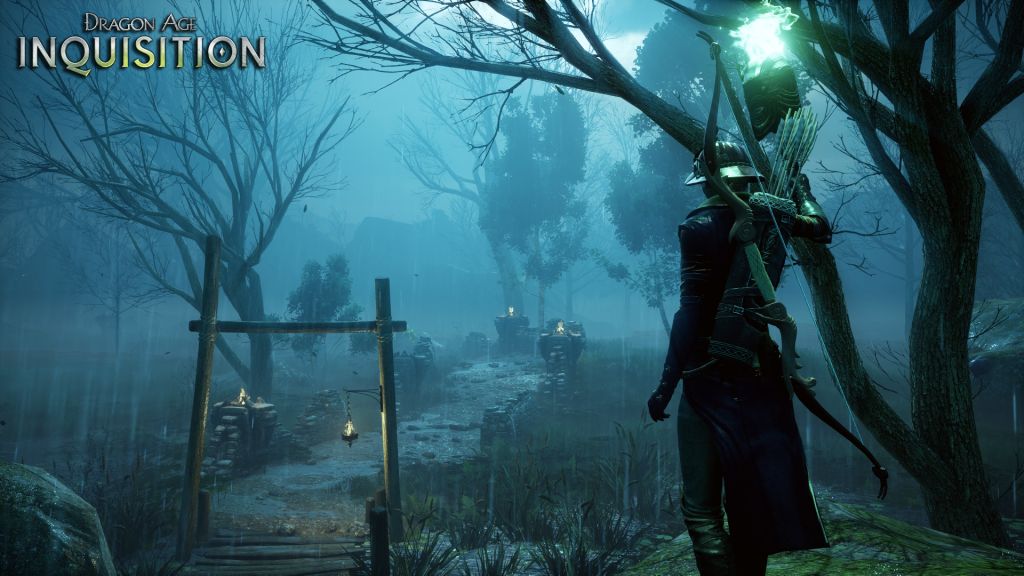
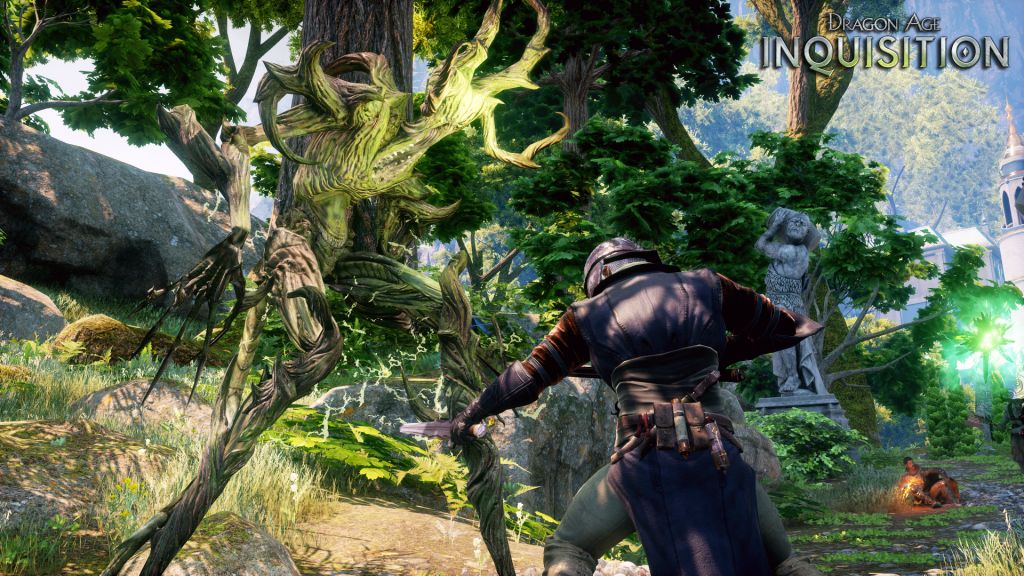
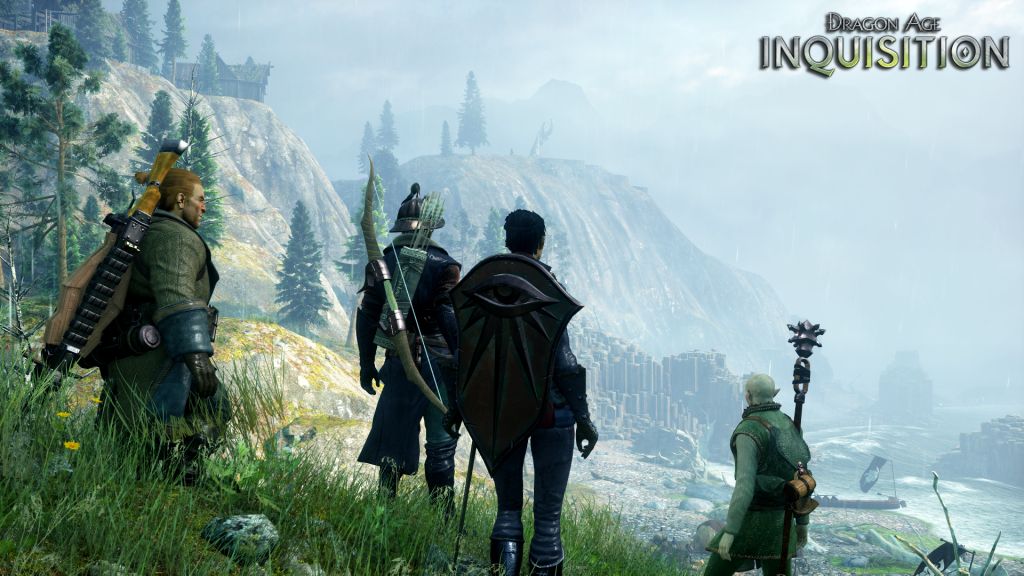
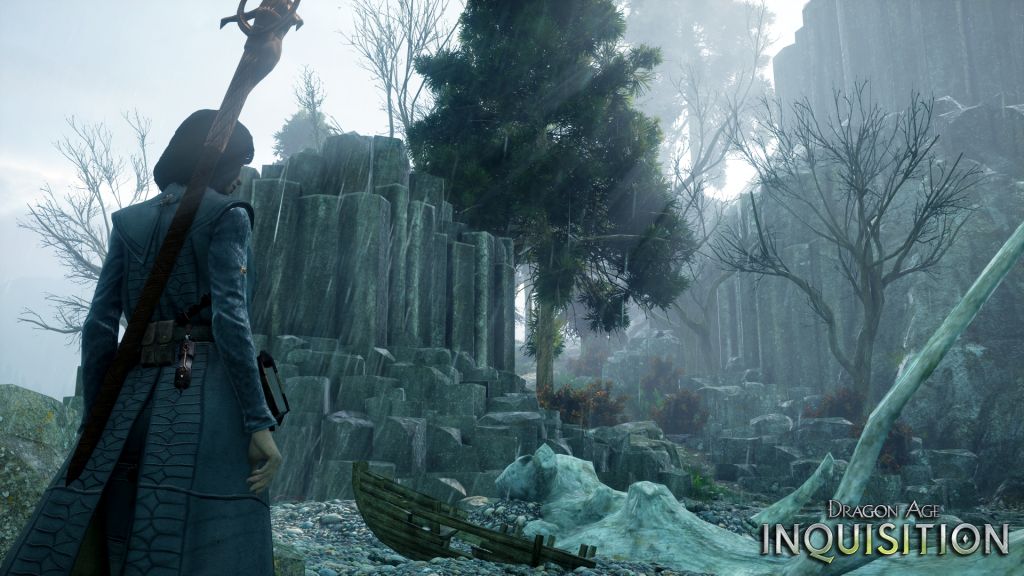
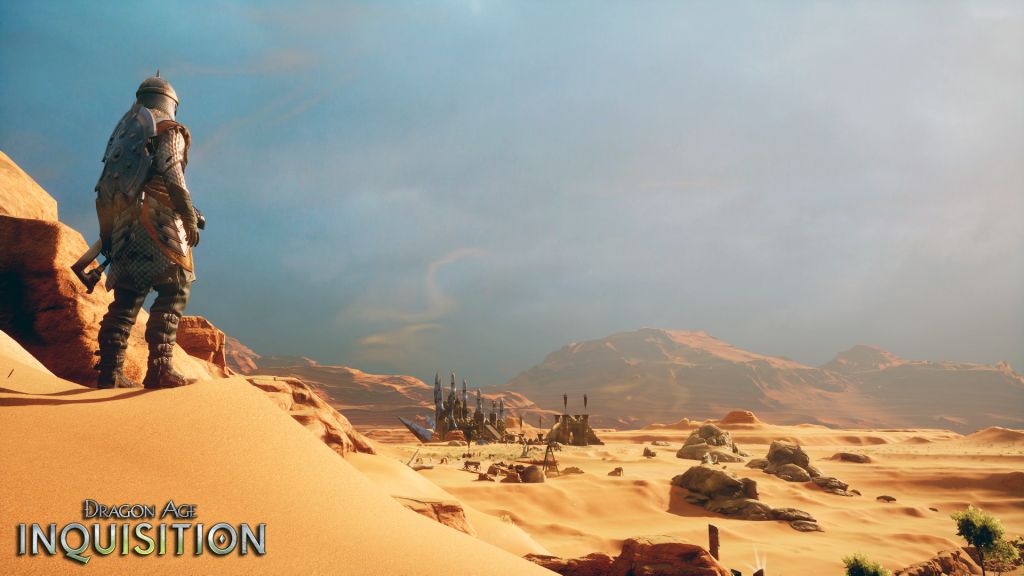
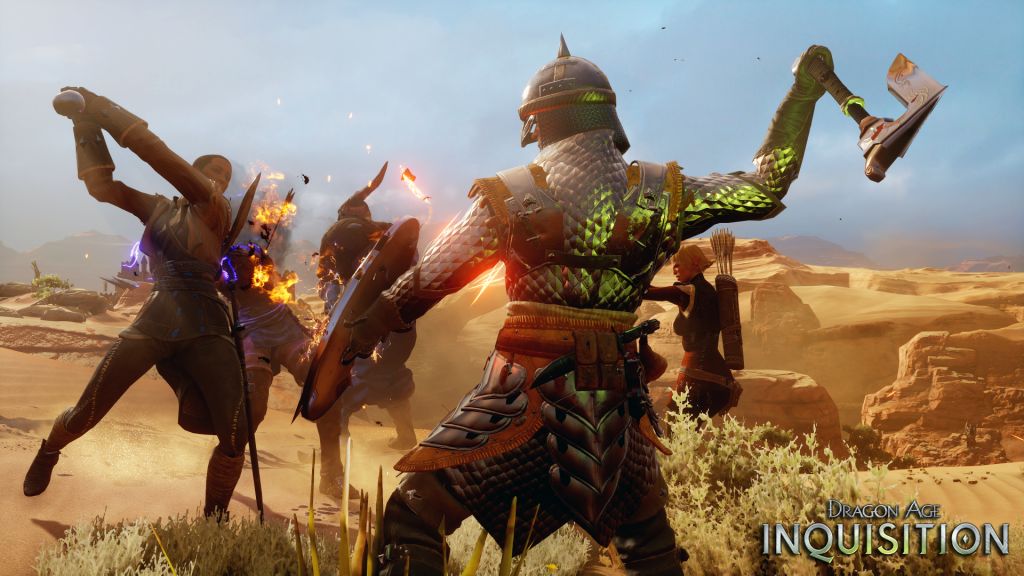
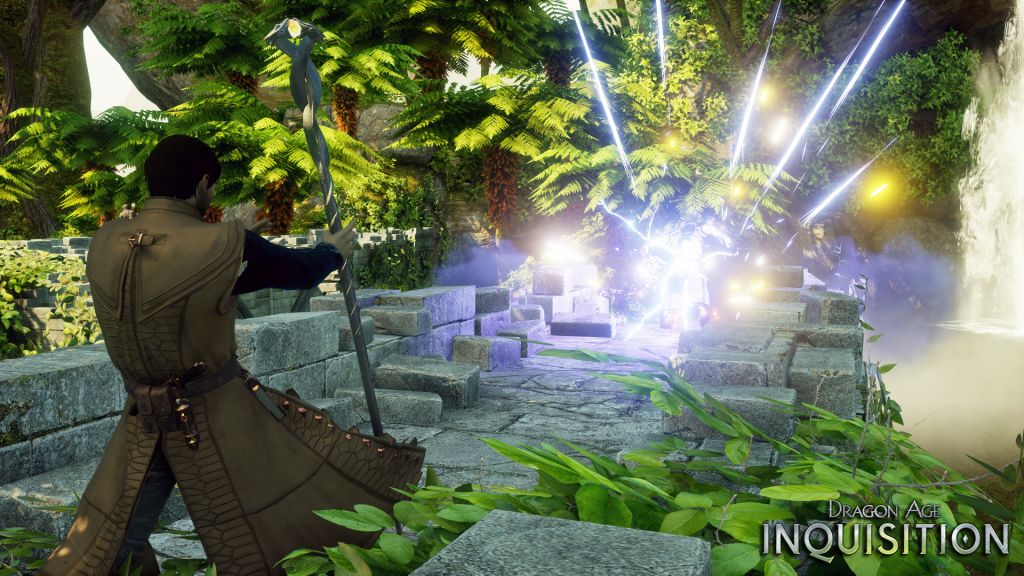
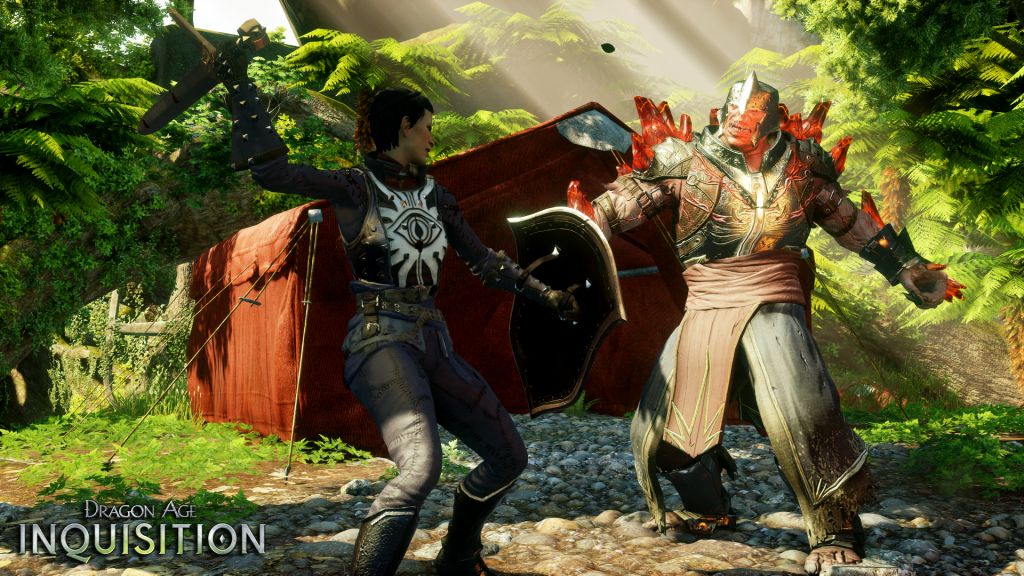

[The review] got the gist of the game’s playabiliy aura spot-on…(funny bone incl. – thnx!).
All-in-all I wouldn’t personally lay the blame with Bioware in so much that the spectre of EA still looms throughout [the gamming culture] for past transgressions*.
*Lest not forget and forgive, yet, shall we…